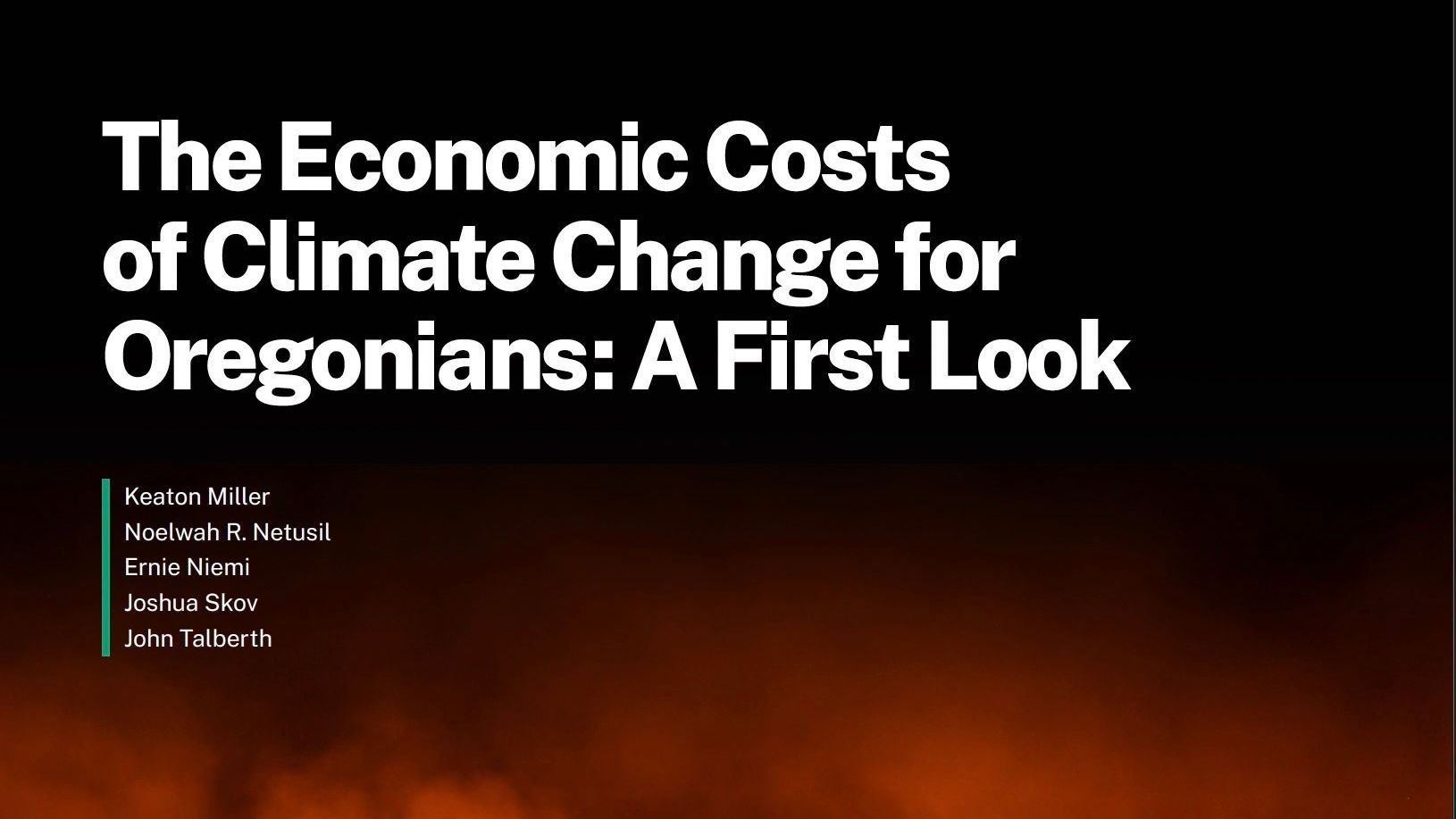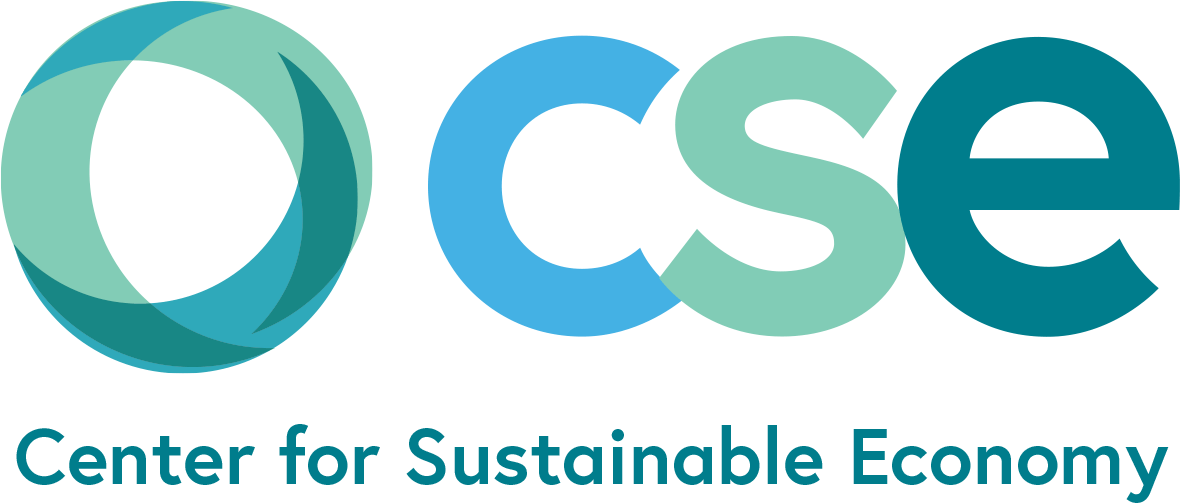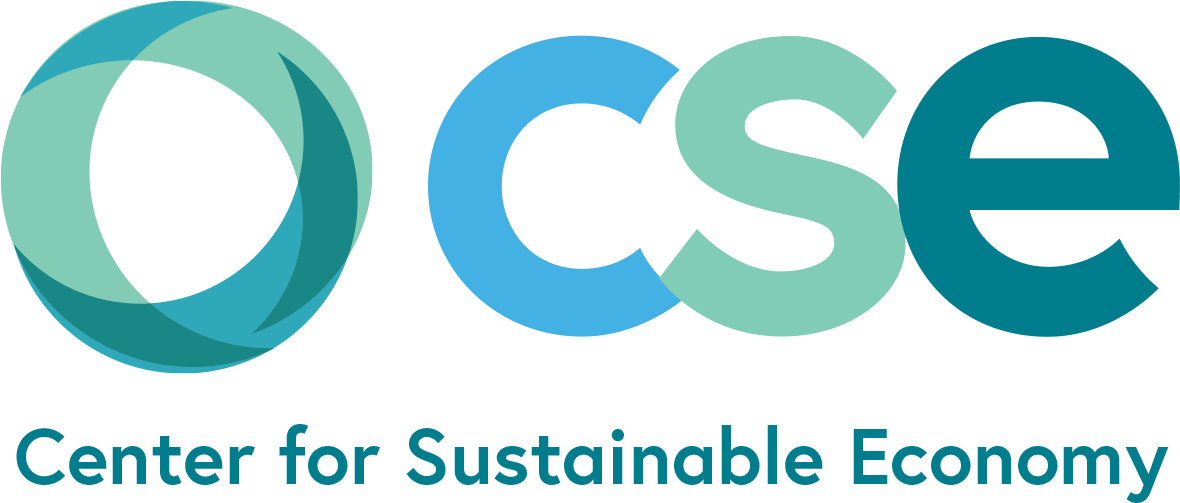Economic Costs of Climate Change in Oregon: A First Look
John Talberth • October 24, 2024
New report the report begins the process of developing evidence-based estimates of the costs to Oregonians.

CSE researchers John Talberth and Richard Mietz are part of a collaboration that has come together to begin putting a price tag on the climate crisis as it unfolds in the state of Oregon. The collaboration – Forum on Oregon Climate Economics, or FORCE – includes researchers at the University of Oregon, Reed College, Natural Resource Economics and CSE. Today, the FORCE team released a report taking a ‘first look’ at climate damages already incurred or expected over the next fifty years. Subsequent reports will quantify these climate change costs more thoroughly and also help public agencies in the state identify cost-effective climate adaptation measures that could be put in place to help Oregonians be more resilient to heat waves, droughts, wildfires, sea level rise and other climate disasters in the decades ahead. The report’s Executive Summary is reprinted below:
The Economic Costs of Climate Change for Oregonians. A First Look.
Forum on Oregon Climate Economics, October 2024
Executive Summary
By increasing the frequency and intensity of heatwaves, wildfires, droughts, flooding and other impacts, climate change imposes costs on Oregon’s economy every year, on every Oregonian. We present a review of public data and research results from the academic literature to provide an initial, partial assessment of these costs both today and into the future.
A few examples of costs include:
- The economic costs to Oregonians from heat-related deaths during the 2021 heatwave total between $1.3 billion and $4.6 billion.
- Including both short-term and long-term costs, Oregon’s 2018 fire season may have generated $6.8 billion in costs, or $3,900 per household. Future fire seasons may generate higher or lower costs.
- The average Oregonian could lose roughly $12,000 in personal income per year due to changes in the climate that have already been set in motion due to past greenhouse gas emissions. Oregonians will also likely see increases in the cost of food and other goods and services.
- Oregonians risk losing over $450 million in ecosystem services each year from salt marshes depending on the degree of sea level rise.
- Douglas fir die-off (traced clearly to climate change) in southern Oregon is eliminating carbon sequestration services worth over $100 million per year.
- Current global analyses of the impacts of climate change over the next several decades, if applied to Oregon, suggest that climate change may reduce Oregon’s gross domestic product by $7,500 per Oregonian per year.
These costs can be both direct (e.g. increased risk of a house burning down in a wildfire) and indirect (e.g. increase in home insurance premiums due to increases in wildfire risk). Some are directly observable through market prices, meaning they materialize as decreases in cash available for use on other things or increases in the amount of spending necessary to avoid harm. Others are “non-market” values, meaning that they do not have an immediate cash effect but represent a reduction in quality of life or economic well-being in ways that are quantifiable in dollar terms. Some of these costs are inclusive of each other: that is, it is not appropriate to sum all of these costs to obtain a single overall cost.
In short: the effects of climate change are already impacting Oregonians’ economic bottom lines and reducing their overall economic well-being. These impacts will grow in the future without significant investments in mitigation and adaptation.
Share Post
All Rights Reserved | Center for Sustainable Economy


